The recipe calls for butter at room temperature, but does that really matter? Does it make a difference if I use cold - instead of room temperature - eggs? Do I really have to use room temperature ingredients?
The answer is yes, it matters! In this post I'll explain why you should pay attention to the ingredient temperature listed in a recipe, and I'll share tips for bringing your ingredients to room temperature more quickly.
Jump to:
Why Ingredient Temperatures Matter
I'm going to get a little science-y here for a minute, so bear with me. When room temperature dairy ingredients (like butter, cream cheese, and sour cream) or eggs are blended into a recipe, they create an emulsion, trapping air within the mixture. Room temperature ingredients can be more easily blended together to create a smooth mixture, while cold ingredients will be more difficult to mix together, resulting in a lumpy batter. You can actually see the difference between batter or dough made with room temperature ingredients compared to one made with cold ingredients. When baked, the air in the batter or dough expands to help the recipe bake evenly and with a desirable texture.
To put it simply, batter and dough made with room temperature ingredients will yield better baked goods. Avoid dense cookies, lumpy cheesecake, and flat cupcakes by using room temperature ingredients in your baking.
Recipes requiring ingredients at a certain temperature will typically specify this in the ingredient list, and it's important that us bakers pay attention and follow the recipe's guidance.
It's important to note that not all recipes require room temperature ingredients. For many recipes - particularly cake and cookie recipes - room temperature ingredients are the way to go. If you're creaming butter and sugar, you'll definitely want to use softened, room temperature butter to create a cohesive mixture. However, some recipes - like pie crust or buttermilk biscuits - actually require cold ingredients. Read your recipe carefully, and use the ingredient temperature noted in the recipe for the best results.
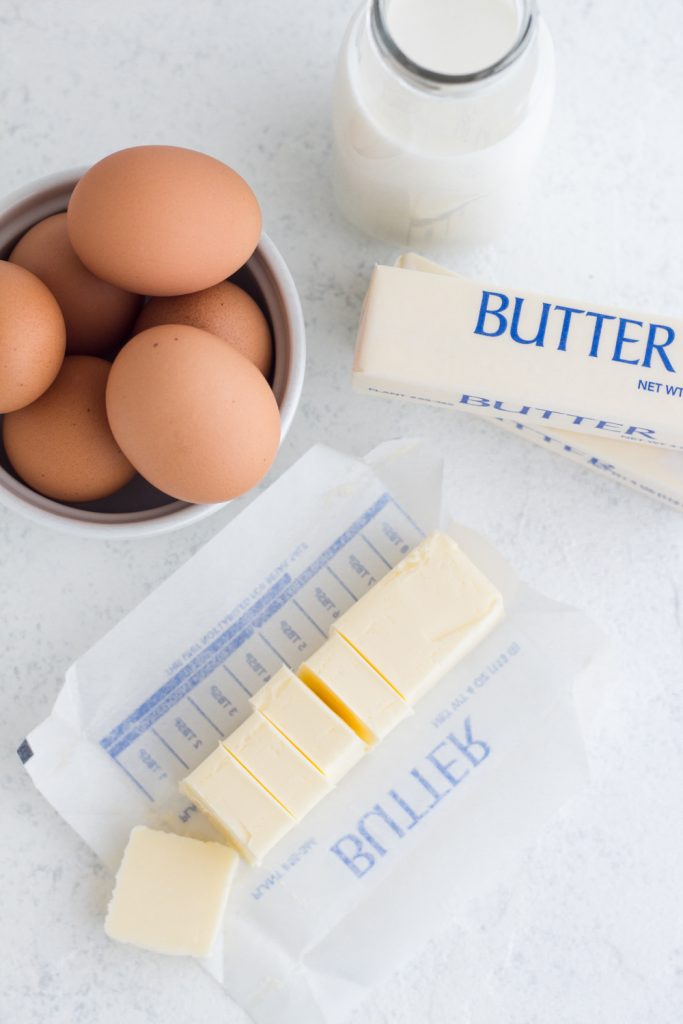
How to Quickly Bring Ingredients to Room Temperature
The good, old-fashioned way to bring your ingredients to room temperature is to let them sit out on the counter for 30 minutes to an hour (or several hours, in the case of cream cheese) before you begin baking. I'm not a very patient person and I often forget to take my ingredients out of the fridge in advance, so here are some tips to help you bring your ingredients to room temperature quickly.
Butter:
- Without the Microwave - (This is the preferred method, as you risk accidentally melting the butter if using the microwave.) After measuring the butter, cut it into small cubes and place it on a heat-safe plate or bowl. Place the butter near the preheating oven, and allow the warmth from the oven to more quickly warm your butter as you prepare your other ingredients.
- With the Microwave - (Be very cautious when softening butter in the microwave. It's very easy to warm the butter too much when using the microwave, and you don't want the butter to become even slightly melted.) Place the measured butter on a microwave-safe plate or bowl and heat the butter in the microwave for 10 second increments at 50 percent power until it reaches room temperature.
- Test the butter - The butter is ready to use when it feels just slightly cool. Pressing gently on the butter should leave a small indent, but the butter should not be squishy or at all melted. (If the butter becomes too warm or melts, it's best to start over with cold butter, since butter that's too warm will negatively impact the results of your baking.)
Eggs: To bring eggs to room temperature quickly, place the eggs (still in their shells) in a bowl of warm (not hot!) water and let them sit for 10-15 minutes. Remove the eggs from the water and dry the shells; the eggs should no longer feel chilled (though they should not feel warm or hot, either, since you don't want to have cooked the eggs in their shells).
Cream Cheese: Cream cheese takes a long time - read several hours - to come to room temperature in block form. You can speed up this process by cutting up the block of cream cheese into small cubes and placing them on a plate covered with plastic wrap. The added surface area will help the cream cheese come to room temperature more quickly. Alternatively, you can try the same trick I recommend for other dairy ingredients (below) to speed up the process even further.
Other dairy ingredients (like milk, sour cream, and yogurt): I definitely don't recommend the microwave here. If you're in a hurry to warm dairy ingredients to room temperature, the best method I've found is to place them in a container into a completely cool oven, close the door, and turn on the oven light. The little bit of warmth emitted by the oven light will speed up the ingredients' warming. (This is actually also where I like to let my yeast doughs rise, for the same reason.) Obviously be extra careful not to place the items into a warm or hot oven, and also be careful not to forget that they're in there and begin preheating your oven.




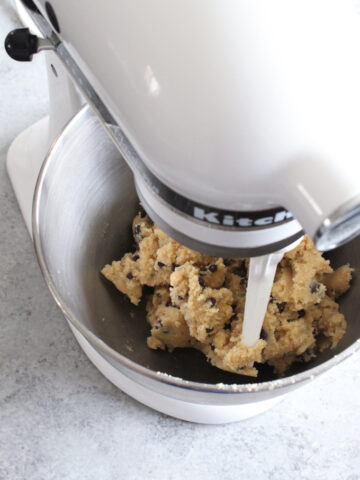
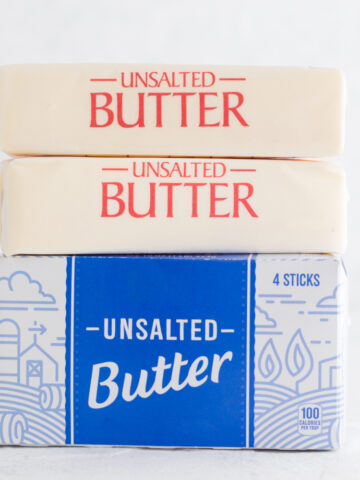


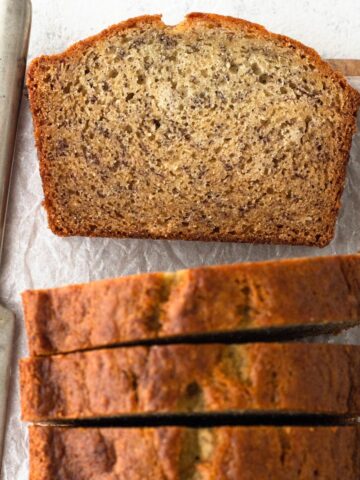


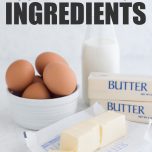

Comments
No Comments